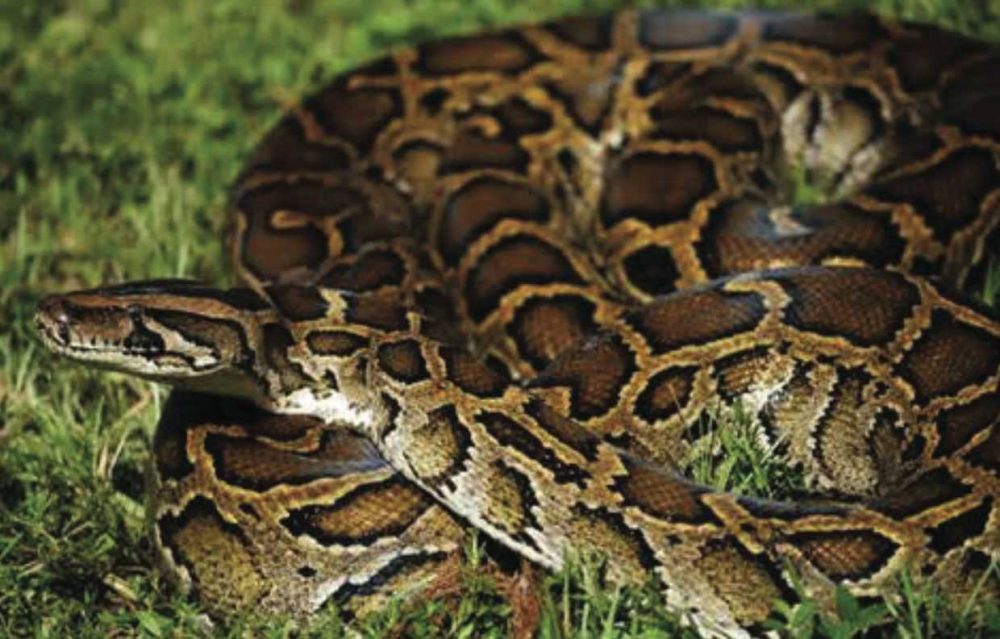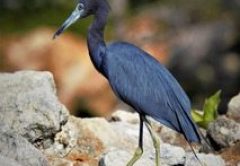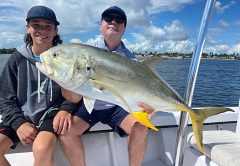It is well known that Florida is home to a wide range of non-native plants and animals. Some of these invasive species are brought into the State for controlled commercial purposes and subsequently escape into the environment while others are intentionally released into the wild by pet owners who no longer can care for their pets. Much like in the movie Jurassic Park, in sub- tropical south Florida, Mother Nature will find a way for these non-native species to survive and flourish. The Burmese python is one such animal that has established a foothold and must be controlled. The Burmese python is a large, nonvenomous snake that is native to India and China. Being nonvenomous, it kills its prey by wrapping itself around the prey and either crushing it or restricting its ability to breathe. It can grow up to 20-feet in length, weigh serval hundred pounds, and live up to 20-years. In Florida they feed on a wide variety of small prey including birds, rodents, livestock, deer, pets, and even alligators.
The first reports in Florida came from the Everglades National Park in 1979 but the snakes now have been reported as far north as Okeechobee County. Presently their range is confined to; Lake Okeechobee south to Key Largo, and from western Broward over to Naples. The largest Burmese python recorded in Florida was capture in southwest Miami-Dade in 2013 and measured 18-ft 8 inches in length and weighed an estimated 130-lbs. Here in Okeechobee, the largest to date is a 17-ft 2-inch snake weighing an estimated 207-lbs which was captured on private land off of State Road 70 West just west of town.
As for a concerted effort to eradicate the Burmese python, the greatest hurdle has been in the detection of the snake. Due to the harsh marsh environment it lives in and the ability of the python to blend in with the environment, detection rates have been estimated to be lower than 1%. Therefore the ability to use common techniques and processes are greatly limited.
Presently there are no hunting programs for the taking of Burmese pythons though the State does administer a Burmese Python Removal Program as a management tool that allows individuals to remove Burmese pythons and other non-native reptiles from select State lands. Under the removal program, permit holders must turn in all captured pythons but can request to have the carcass returned to them. They can sell the hide and meat though snakes taken from Everglades National Park have been found to have very high levels of mercury and may not be recommended for human consumption.
In 2013 the first public efforts to eradicate the species came from the FWC in the form of the 1st Python Challenge. During the 1st Challenge, 1600 hunters took part in the one month hunt and only 68 snakes were captured. This past September 3rd the FWC announced a 2nd Python Challenge will take place from January 16, 2016 to February 14. This new effort will expand the hunt beyond Everglades National Park to include several State and Federal land management units where the non-native snake has expanded into. Participants will be required to undergo a special training course to help them identity the Burmese python as well as be apprised of the rules, prizes and events associated with the competition. Details are available on the internet at PythonChallenge.org.
The aim of the 2016 Python Challenge is to promote Everglades conservation through the removal of invasive species as well as elevate public awareness and participation in controlling the spread of invasive species. To report non-native fish and wildlife, call the FWC’s Exotic Species Hotline at 888-IVE-GOT1 (888-483-4681), online at IveGot1.org, or download the IveGot1 smartphone app.








